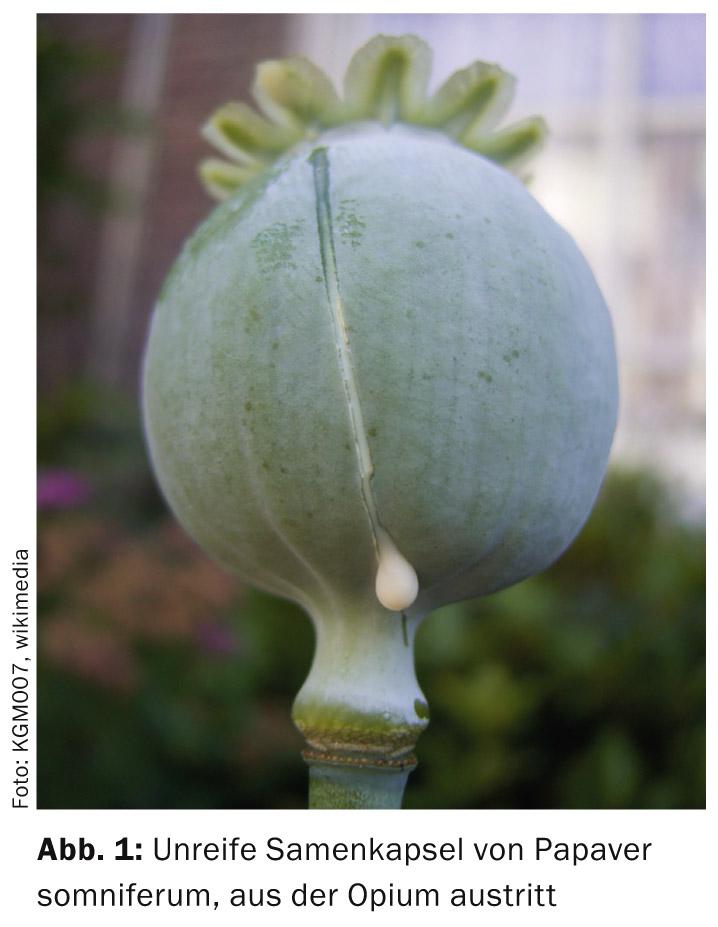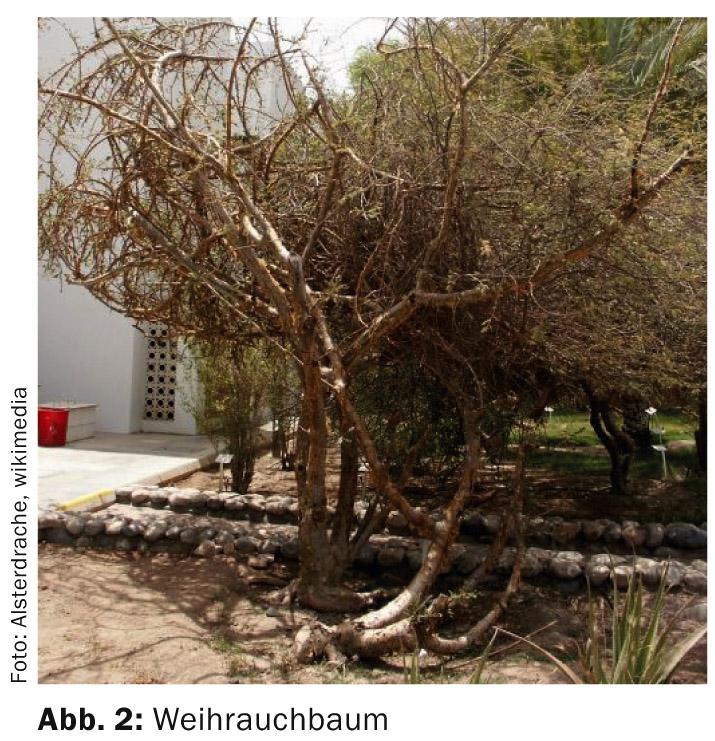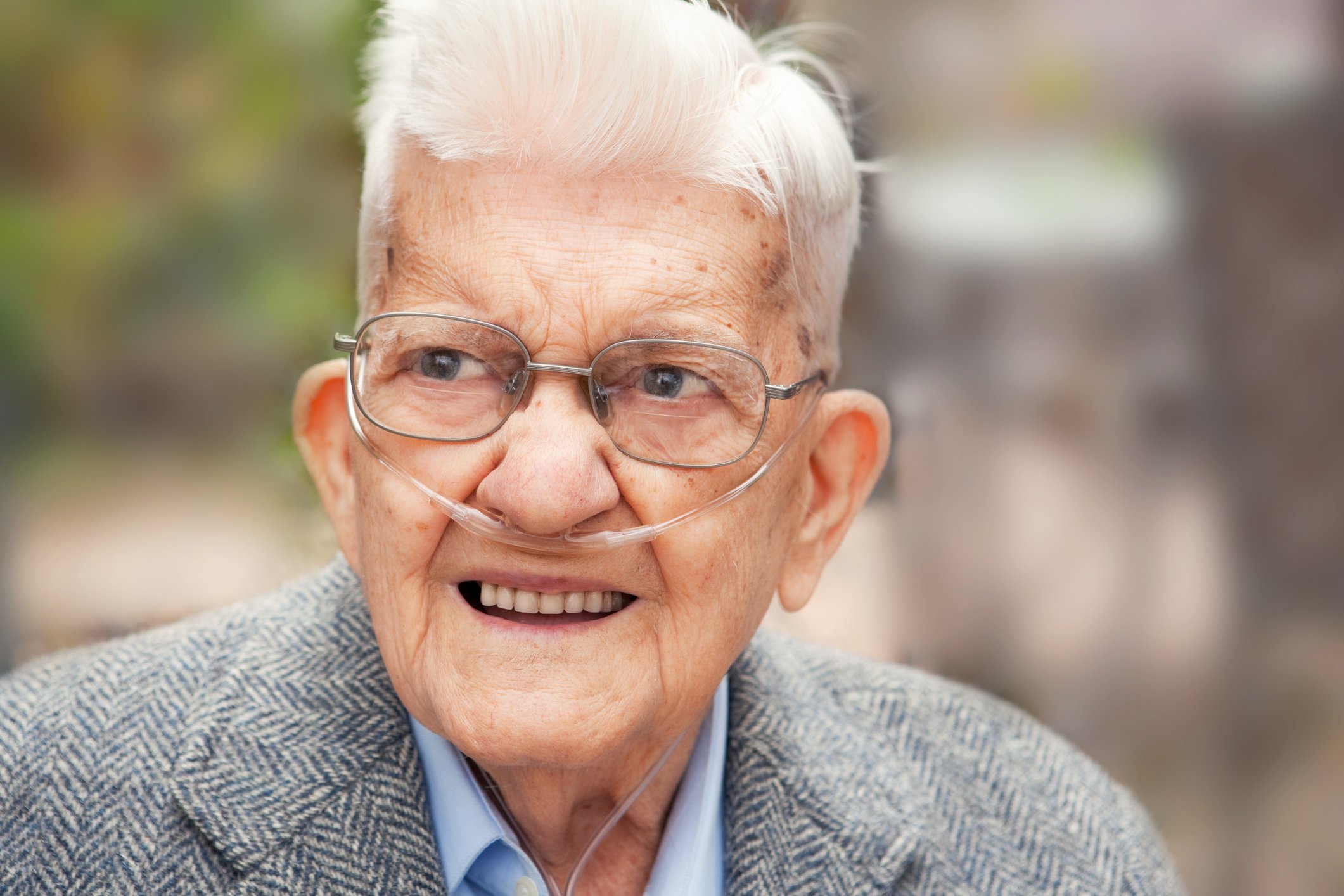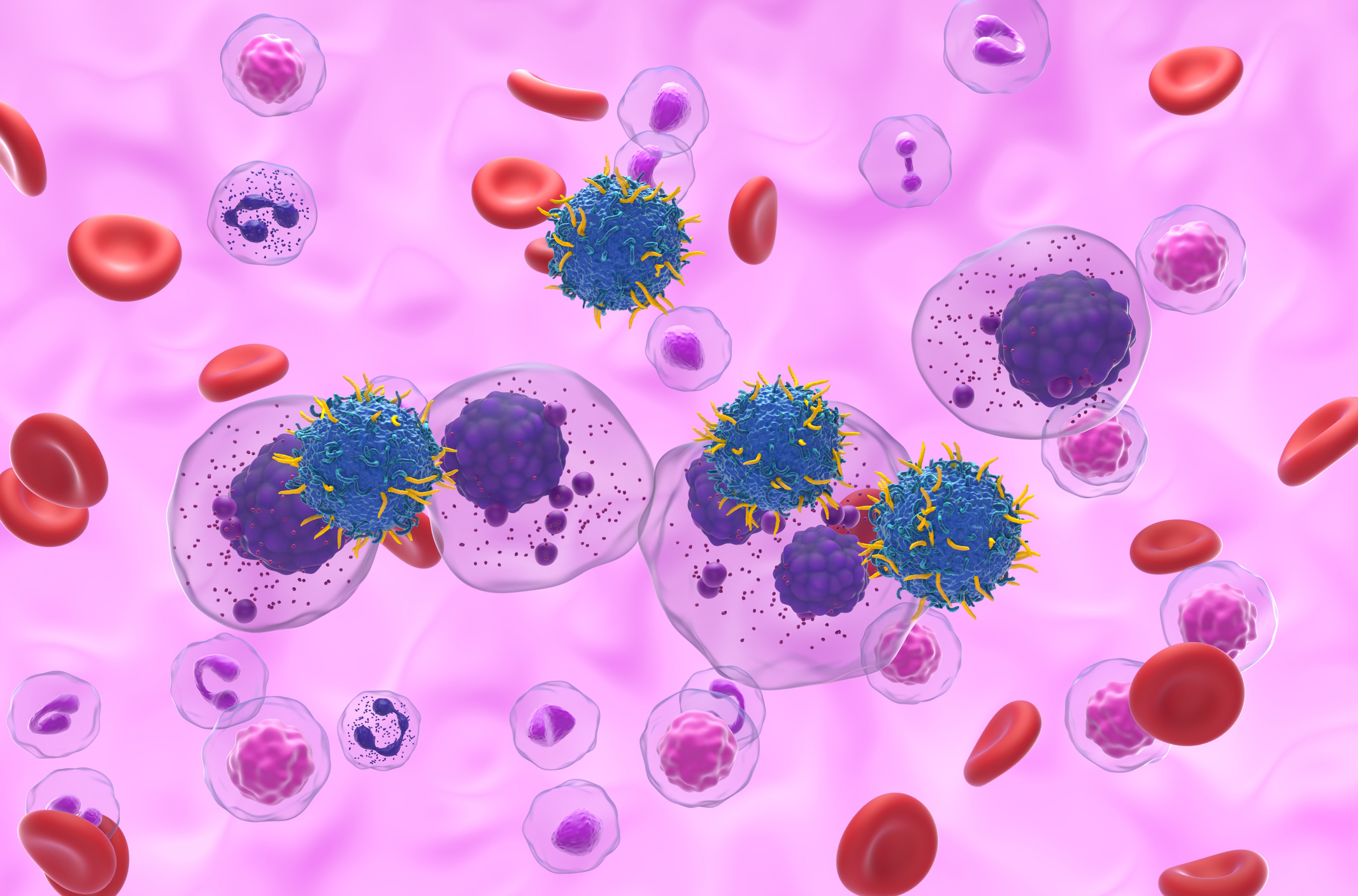Pain is a natural process that has evolved as a warning and defense mechanism or as a result of degenerative processes. It stands to reason that strategies for treating pain can also be found in nature. And indeed, there are a number of medicinal plants with analgesic and antiphlogistic potential.
First, a few words about opium: The milky juice from Papaver somniferum, opium poppy, is perhaps the oldest medicine known to mankind. Excavations from Sumerian settlements in Mesopotamia, now Iraq, attest to the knowledge and use of opium as a medicine in 3000 BC.
By scoring the immature seed capsule of Papaver somniferum, the sap emerges (Fig. 1). Today, the sap, which consists of various components, is very rarely used as a whole. However, individual ingredients such as codeine as a potent cough suppressant and morphine as a central analgesic are widely used in today’s medicine. Thus, it can be said that one of the most powerful analgesics comes from nature.

Headache
Excruciating headaches are an evil that has plagued mankind not only since modern times. That is why even in the pre-industrial age people were looking for ways to relieve headaches. For a long time, extracts of willow bark (Salix species) or spirea (Filipendula ulmaria), taken as teas or tinctures, were a way to relieve headaches and other pains. Hippocrates already reported about it. In the 19th century, salicylic acid, a component of the extract, was recognized as mainly responsible for the analgesic effect. After the pure synthesis of acetylsalicylic acid (Aspirin®), a derivative of salicylic acid, was achieved in 1897, the plant extract was increasingly replaced by the synthetic substance.
Another way to treat headaches naturally is to use peppermint oil (from Mentha piperita), which is extracted from the leaves of the medicinal and spice plant and applied to the forehead and temples. Goebel et al. [1] published the results of a corresponding study in 1996. In this double-blind, placebo-controlled study, 10% peppermint oil in alcoholic solution was applied twice to the forehead and temples. A corresponding study group receiving placebo and a third group treated with acetaminophen and placebo peppermint oil served as a comparison. The effect of peppermint oil appeared after 15 minutes, increased in efficacy during 60 minutes, and proved superior to placebo. No difference in efficacy was observed between peppermint oil and paracetamol.
A recent study investigated the efficacy of peppermint oil in migraine [2]. Good results have also been obtained with this type of headache. Again, a 10 percent solution served as verum and a 0.5 percent, i.e., ineffective, solution served as placebo. Two hours after application, 38.3% of the verum group but only 12.1% of the placebo group were pain-free. Verum also proved to be significantly superior to placebo for concomitant migraine symptoms.
There are also reports about positive effects of the motherwort (Tanacetum parthenium), which is said to show good effects not only in migraine treatment, but also in prophylaxis.
Until a few years ago, extracts of butterbur (Petasites hybridum) were also used to treat headaches and other types of pain. However, these have disappeared from therapy because liver-damaging pyrrolizidine alkaloids have been found in butterbur extract.
Inflammatory processes of the musculoskeletal system
Various diseases and injuries can cause painful inflammation of the musculoskeletal system. These diseases include primarily rheumatism, arthritis and arthrosis. There are a number of medicinal plants that can provide relief in the treatment of these conditions. These include in particular extracts from the willow bark already described, external applications with arnica montana or comfrey, also called whale root (Symphytum officinale), treatments with devil’s claw (see issue 6/2013) or also with preparations based on frankincense (Boswellia serrata; Fig. 2).

Arnica montana
Bergarnica has been known as a medicinal plant for centuries and is used for injuries. However, a study conducted in Switzerland also demonstrates the efficacy of topical application for rheumatic complaints [3]. A total of 204 patients suffering from rheumatic complaints were treated by 23 different physicians in private practice, most of them suffering from degenerative rheumatic diseases. Various body regions were affected. Subjects were treated with an arnica gel twice daily for three weeks. Pain recorded with the VAS was reduced by half during the course of therapy, and positive results were also observed for functional limitation of the affected limbs.
Boswellia serrata
The incense is used in various religions for cult purposes. Ayurvedic texts from the first and second centuries already described frankincense as a medicinal plant. As was often the case in the past, very many different applications were mentioned. Modern studies have specifically demonstrated efficacy in inflammatory processes. Here, we may mention a 2003 study in which a Boswellia serrata extract was used for osteoarthritis of the knee [4]. In this double-blind, placebo-controlled crossover study, 30 patients with corresponding complaints were treated for eight weeks. All patients in the verum group reported a reduction in pain, an increase in knee flexion, and an increase in maximum walking distance.
Comfrey, comfrey
The medicinal plant Symphytum officinale has two German names: Wallwort or Comfrey. Since Symphytum extracts also contain pyrrolizidine alkaloids (like butterbur), this can only be applied externally, but shows convincing efficacy: Several studies documented this [5–7] for, on the one hand, blunt trauma caused by accidents, such as bruises, strains, and sprains [6]. Another study [7] shows that an appropriate ointment is at least as effective as a diclofenac gel in the treatment of acute ankle sprains. Symphytum ointment can also bring success in gonarthrosis [5].
Devil’s claw
Since various studies were presented in the 6/2013 issue of HAUSARZT PRAXIS that dealt with the efficacy and safety of preparations based on devil’s claw extracts (Harpagophytum procumens), they will not be discussed again here. This medicinal plant, which is rather new in the northern hemisphere, seems to have a particularly good potential for treating rheumatism and osteoarthritis.
Summary
Nature provides us with various strategies to treat classic pain such as headaches and migraines. And also in the case of inflammatory processes such as blunt trauma, joint distortions, rheumatism and the various forms of arthritis, preparations with herbal extracts can be used. These are in part just as effective as corresponding synthetic preparations.
Literature:
- Göbel H, et al: Effectiveness of oleum menthae pipieritae and of paracetamol in the therapy of tension-type headache. Nervenarzt 1996; 67: 672-681.
- Borhani Haghighi A, et al: Cutaneous application of menthol 10% solution as an abortive treatment of migraine without aura: a randomised, double-blind, placebocontrolled, crossed-over study. Int J Clin Pract 2010; 64: 451-456.
- Knüsel O, et al: Arnica montana Gel in Osteoarthritis of the Knee: An Open Multicenter Clinical Trial. Advances in Therapy 2002; 19(5): 209-218.
- Kimmatkar N, et al: Efficacy and tolerability of Boswellia serrata extract in treatment of osteoarthritis of knee – A randomized double blind placebo controlled Trial. Phytomedicine 2003; 10(1): 3-7.
- Grube B, et al: Efficacy of a comfrey root (Symphyti offic. radix) extract ointment in the treatment of patients with painful osteoarthritis of the knee: Results of a double-blind, randomised, bicenter, placebo controlled trial. Phytomedicine 2007; 14: 2-10.
- Koll R, et al: Efficacy and tolerability of comfrey root extract (Extr. Rad. Symphyti) in ankle sprains. Results of a multicenter, randomized, placebo-controlled double-blind study. Z Phytotherapy 2000; 21: 127-134.
- Predel HG, et al: Efficacy of a Comfrey root extract ointment in comparison to a Diclofenac gel in the treatment of ankle distortions: Results of an observer-blind, randomized, multicenter study. Phytomedicine 2005; 12: 707-714.
HAUSARZT PRAXIS 2015; 10(1): 4-6












